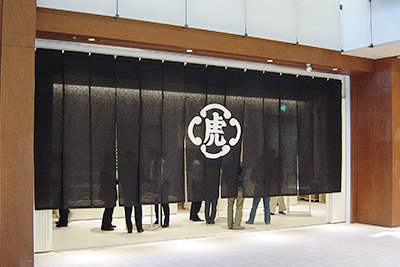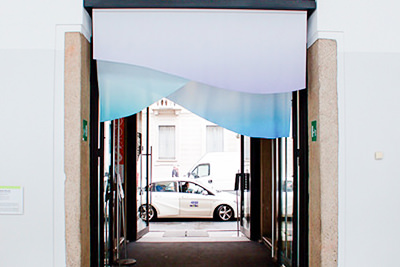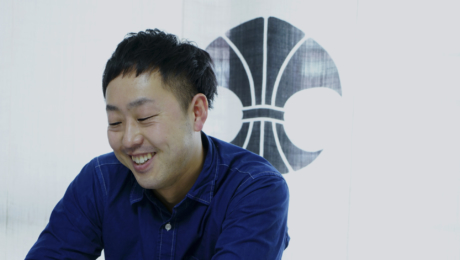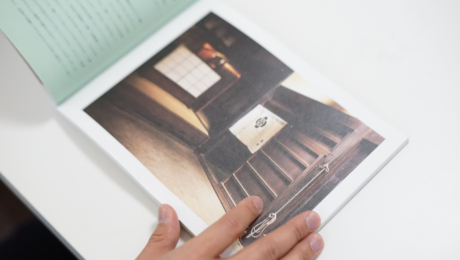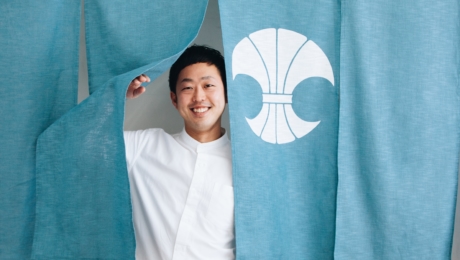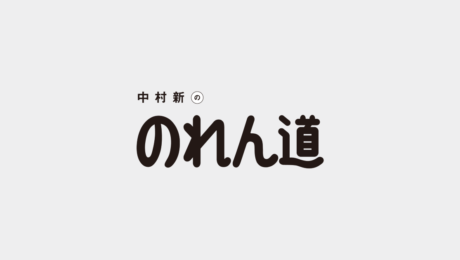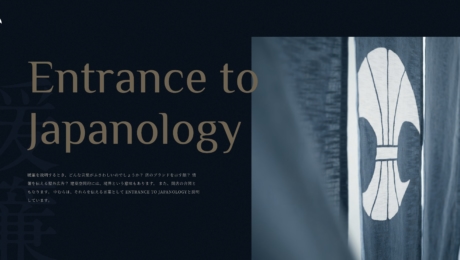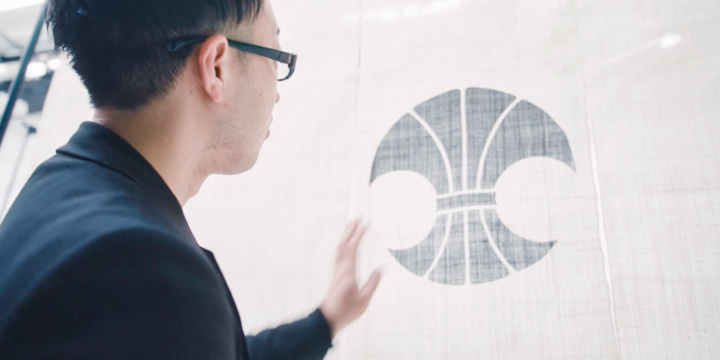
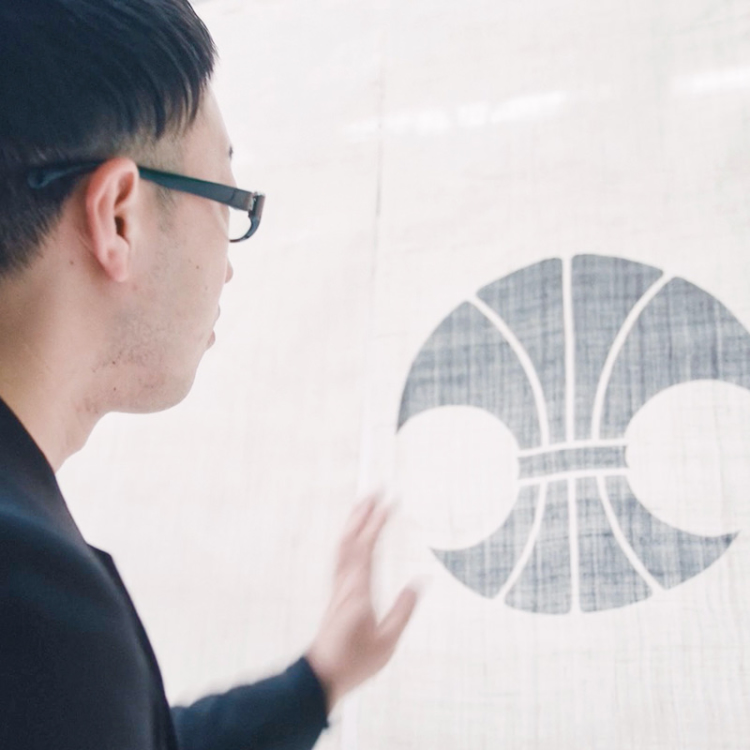
Noren culture expresses the Japanese spirit
Noren (partitioning curtains), dyed with a shop’s symbol and name, are iconic features adorning the façades of Japanese shops. Thought to have arisen from curtains used in the Yayoi period (300 BCE–300 CE) as sunshades and dust screens, they have a presence that cannot be overlooked when describing Japanese culture. Noren, often dyed in designs that feature distinguishing marks such as a shop’s name, family crest, or history are considered a forerunner of Japanese outdoor advertising. Today noren are still hung in front of many establishments, from famous department stores to neighborhood restaurants.
The form and function of noren have changed little since the Edo period (1603-1868), with one exception—the modernized noren created with a high design sense by Nakamura. Founded in 1923 as a shikkaiya or intermediary that coordinated and subcontracted all processes involved in making and repairing kimono, Nakamura drew on the know-how and experience accumulated through its long years of close association with craftspeople to begin producing noren in 2014. Nakamura undertakes the entire production project, suggesting a range of materials, handling all design elements including graphics, logos, and crests, as well as proposing the most expressive dyeing techniques, thus transforming traditional noren with a new enthusiasm.
Faced with the demands of modern society for efficiency and mass production, craftspeople wonder whether the precious skills and know-how they have inherited from previous generations can survive. In an age undergoing constant change, the ability to produce new value that is meaningful to contemporary society offers the best possibility of sustaining the work of talented craftspeople. And in every age, that role is played by producers with creative ideas, such as Nakamura.
